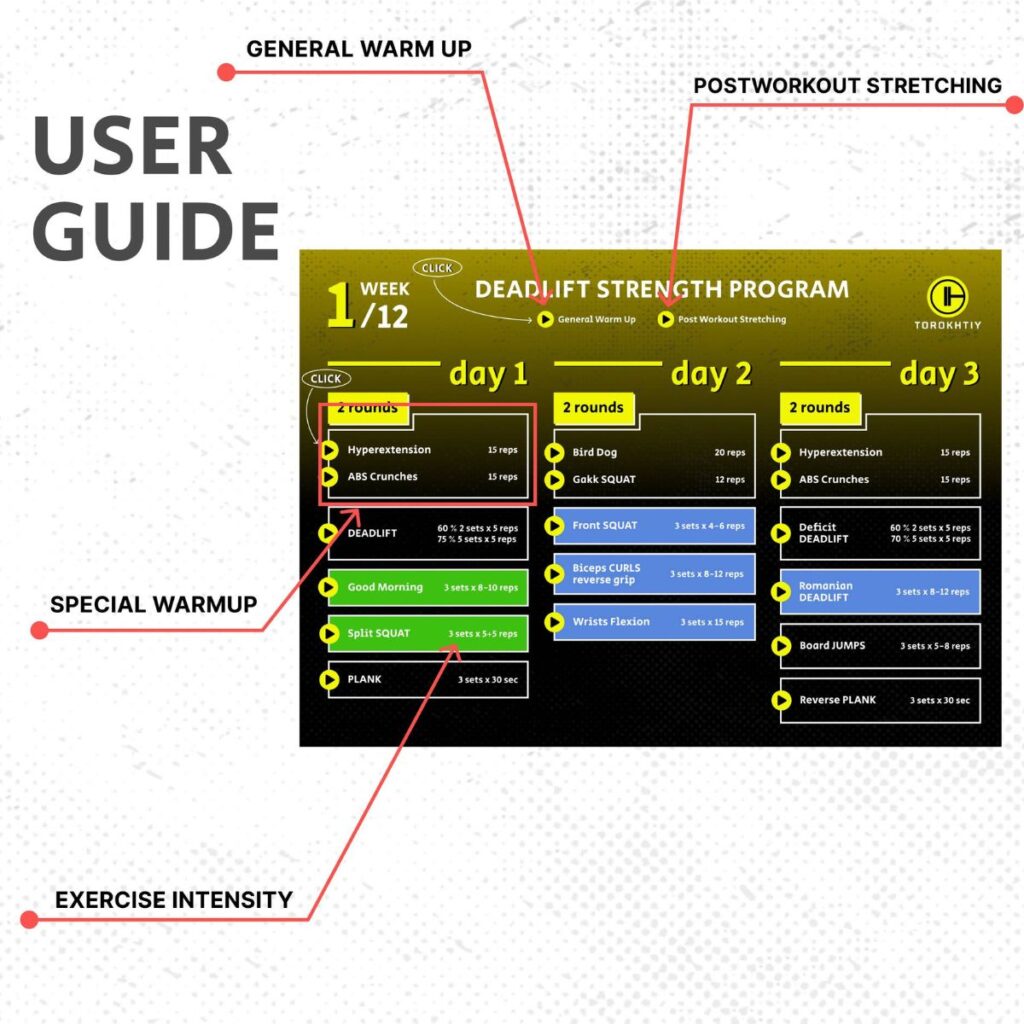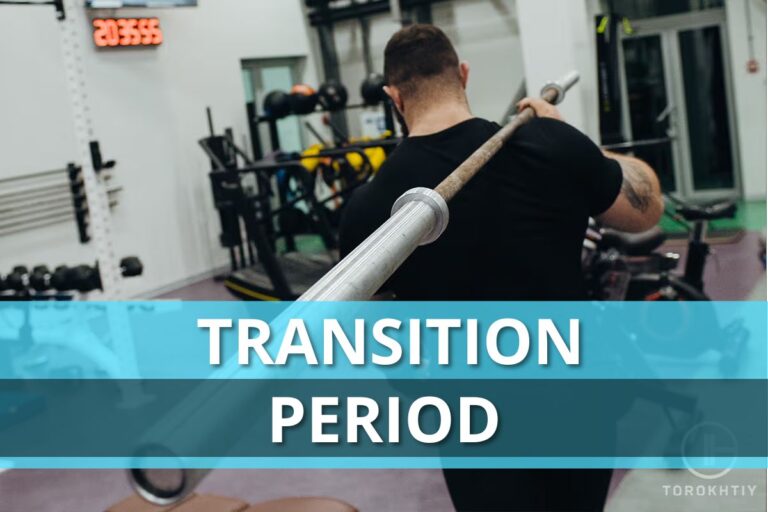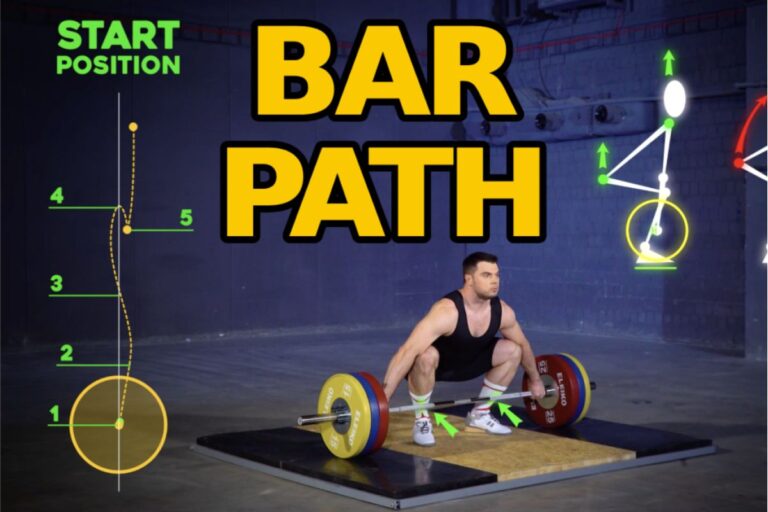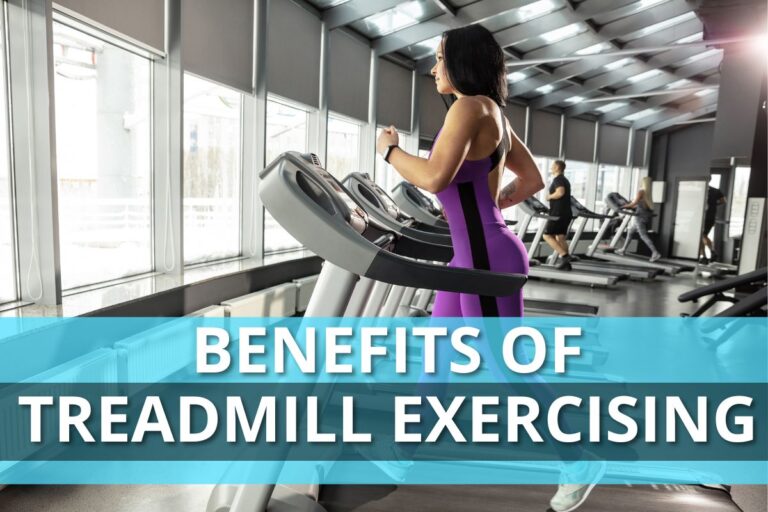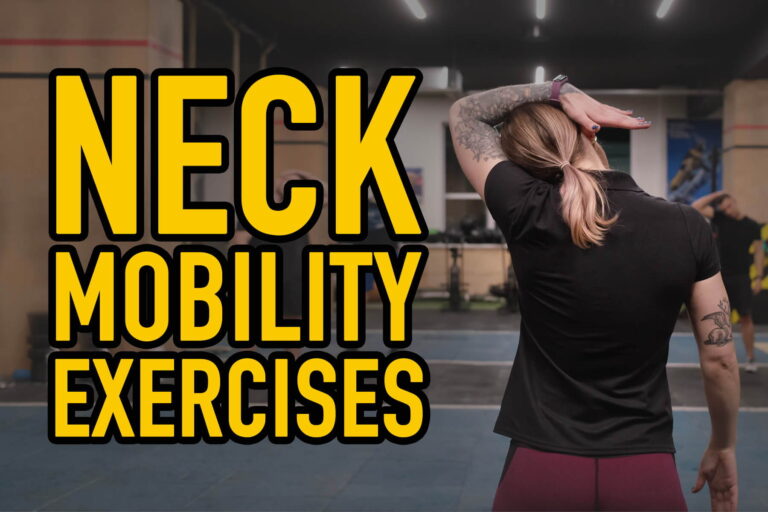How Many Calories Does A Deadlift Burn?
Deadlifts are a highly popular exercise as they can be fit into various types of workouts, whether it be for strength training, muscle growth, or weight loss.
How Many Calories Does A Deadlift Burn? Everyone is unique, and to calculate your approximate calories burned deadlifting, you can use the formula 6 multiplied by your weight in kilograms multiplied by hours you spent training (6 x Kg x H = cal).
But just how many calories does a deadlift burn exactly? The answer varies from person to person, obviously, but there are some universal truths and a simple deadlift calories burned calculator formula you can use to easily find out.
In this article, we’ll discuss how to utilize the deadlift for weight loss, so you can lose calories while gaining strength, instead of having to do one at a time.

How Many Calories Does The Deadlift Burn?
So, what does deadlifting do that makes it good not only for resistance training, but weight loss too. Deadlifting is a compound exercise that engages multiple muscle groups to perform a complex set of movements at the same time. In terms of exercise intensity, it’s one of the most highly intensive ones. The sheer amount of movement throughout the exercise combined with the typically high weight bearing results in major calorie burn.
How To Calculate Calories Burned With Deadlift?
So, how many calories does deadlifting burn exactly? To understand this, we first need to know the MET value of the deadlift exercise. MET stands for Metabolic Equivalent of Task, or in simple terms, how much energy expenditure occurs from physical activity. A single MET is defined as the amount of oxygen consumed during rest and equals 3.5 milliliters (ml) of oxygen (O2) per body weight in kilograms (kg) per minute (3.5 Ml O2 / KG BW / Min). This unit is considered an accurate general representative of the population average, so it’s approved for use in research and studies.

Research on METs of various types of physical activities was compounded into the Compendium of Physical Activities. Deadlift falls under the “Conditioning Exercises” category, coded 02050 (resistance training), and is rated at 6 METs, which means it consumes roughly 21 Ml O2 / KG BW / Min (3.5 x 6). Now that we know deadlifts are equivalent to 6 METs, we can put that into a deadlift calories burned calculator to see the resulting calorie deficit. The formula for the calculator is, the number of METs times the athlete’s weight in kilograms times hourly equivalent to the amount of time spent working out equals the number of calories consumed (MET x KG x H = cal). If you’re unsure of your weight in kilograms, simply divide your weight in pounds by 2.2 and you’ll get an accurate number.
The average man weighs roughly 180 pounds or about 82 kilograms, while the average woman is around 160 pounds or 73 kilograms. If we assume they performed an average 15-minute (15/60 minutes of one hour = 0.25 hours) deadlift training session, the resulting calorie consumption would be:
- Male: 6 x 80 x 0.25 = 123 cal
- Female: 6 x 73 x 0.25 = 109.5 cal
To calculate how much calorie consumption a single rep deadlift would consume, the formula would be total calories burned deadlifting divided by the number of sets divided by the number of reps (cal/set / rep). If we take the male athlete, for example, who burned 120 calories and we assume he did it in 3 sets of 5 reps, this would mean he used 8 calories per rep (120/3/5).
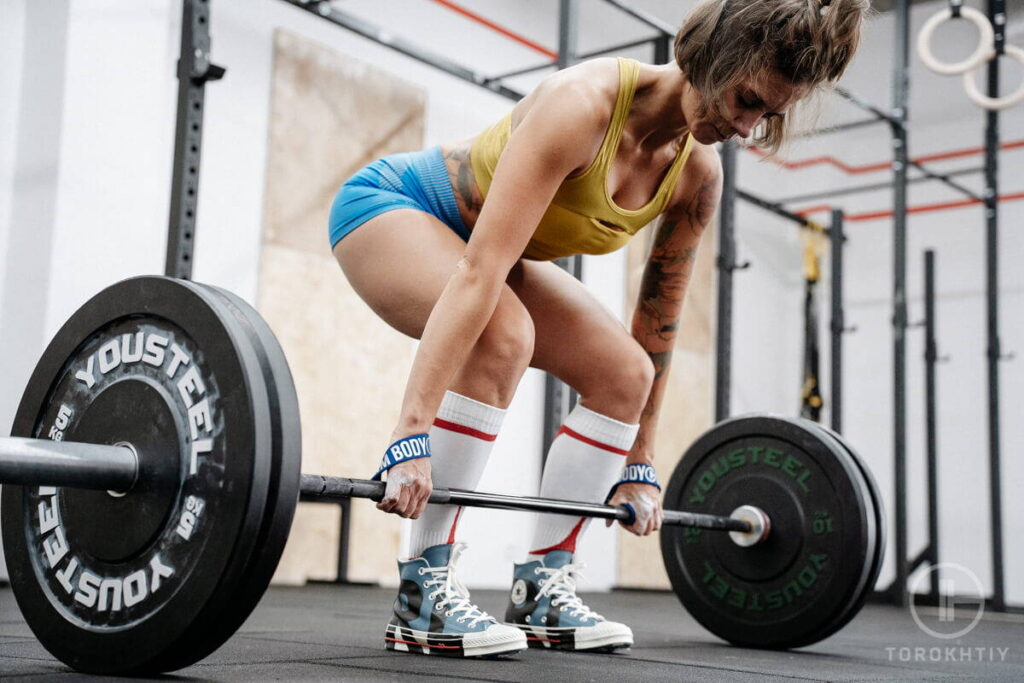
If you were to do two of these sessions per week, resulting in a total of 30 minutes of deadlifting, you can just double the values to get an approximate value. In our example, 2×123 = 246 for the male athlete or 2 x 109.5 = 219 for the female athlete.
Now you can add this information to the deadlift calories burned calculator and see how many calories does deadlifting burn in your sessions. Here’s a quick table rundown of common weights.
| Athlete Weight | Single Rep Calories | 15 Minutes Calories | 30 Minutes Calories (2 x 15 minute sessions) |
| 160 lbs ≈ 73 kg | 7.3 | 109.5 | 219 |
| 165 lbs ≈ 75 kg | 7.5 | 112.5 | 225 |
| 170 lbs ≈ 77 kg | 7.7 | 115.5 | 231 |
| 175 lbs ≈ 79 kg | 7.9 | 118.5 | 237 |
| 180 lbs ≈ 82 kg | 8.2 | 123 | 246 |
| 185 lbs ≈ 84 kg | 8.4 | 126 | 252 |
| 190 lbs ≈ 86 kg | 8.6 | 129 | 258 |
| 195 lbs ≈ 88 kg | 8.8 | 132 | 264 |
| 200 lbs ≈ 91 kg | 9.1 | 136.5 | 273 |
Weight Loss Benefits Of Deadlifting
1. High Metabolic Response
Calorie burn does not end when you put the weight down. After you’re done exercising, you will experience what is known as EPOC (Excess Post-Exercise Oxygen Consumption) in the coming hours. While EPOC processes are highest immediately after exercise, Deadlifts are high-intensity exercises that can trigger prolonged EPOC of 3 and up to 24 hours after exercise.
Several metabolic processes occur during EPOC, such as replenishing energy stores, restoring oxygen levels, removing metabolic byproducts, repairing damaged tissues, and resetting body temperature and heart rate to neutral levels. All these processes require energy, which means you continue to burn calories even after exercise.
2. Comparatively High Calorie Burn
Looking back at the Compendium of Physical Activities, resistance training including weight lifting is quite high at 6 METs. In comparison, this is higher than activities such as aerobic dance, walking at a regular pace, and kayaking (all 5 METs), equal to activities like wrestling, hiking cross-country, and walking brisk uphills (all 6 METs), and only slightly lower than tennis, intense aerobics, and backpacking (all 7 METs), for example. Furthermore, as discussed, deadlifting has a high EPOC.
3. Muscle Growth
Probably the biggest reason why some athletes prefer weight lifting over cardio even for weight loss is that exercises like deadlifts stimulate high levels of muscle growth simultaneously. As previously mentioned, deadlifts are a compound exercise that engages multiple muscle groups at the same time and provides a near full-body workout. The long list of muscle groups engaged includes the quadriceps, hamstrings, glutes, erector spinae, trapezius, rhomboids, latissimus dorsi, forearms, grip muscles, core muscles, and more. This means that, while you’re using weight, you’re also toning your body.

How Different Variations Of Deadlift Burn Calories
Although the conventional deadlift is easily recognizable and the most widely utilized variation of the exercise, there are numerous deadlift variations that differ in intensity and thus calorie burn. Generally, higher intensity variations will burn more calories and lower intensity variations will burn less. However, keep in mind this is true when taking into account the same weight, sets, and reps. So, for example, if you add more weight to your Romanian compared to your conventional deadlift, this will alter the results.
Here’s a quick table to see how some of the popular deadlift alternatives compare to the conventional deadlift.
| Deadlift type | VS Conventional Deadlift |
| Racked | Lower Intensity |
| Romanian (RLD) | Lower intensity |
| Sumo | Lower intensity |
| Deficit | Higher intensity |
| Stiff Leg | Higher Intensity |
| Pause | Higher Intensity |
| Trap Bar | Roughly equal |
Ways To Burn More Calories In The Deadlift
1. Consider Your Training Goals
Before you start to deadlift for fat loss, you should consider your overall fitness goals and how you can incorporate both the deadlift and accompanying exercises for it. How many sets and reps of deadlifting you do and how much weight you lift are not as impactful for calorie deficits as long as the exercise is moderate to highly intense.
If your other training goals include general strength training, low-rep high-weight sets are best for that. If, however, your goal is muscle mass (hypertrophy), moderate to high sets, reps, and intensity are typically better.
2. Up The Ante
If you want to lose more weight, probably the simplest thing you can do is simply up your exercise intensity. This could mean anything from increasing the number of sets and/or reps per workout, having deadlifts in more of your workout days, to adding a full new training day to your schedule. Just remember, avoid making drastic workout changes before you’ve consulted a professional trainer, physical therapist, or doctor to assess whether you’re at a good fitness and health level to do this.
3. Remember Your Diet
As the saying goes, weight loss starts in the kitchen. At the end of the day, it doesn’t matter how much and how intense you exercise. If you’re not in a calorie deficit, you won’t lose weight. Counting calories may sound complex, but with modern-day phone apps and PDF sheets, it isn’t anymore. But before adopting the new diet you found on the internet, remember to consult your doctor or a nutritionist to get guidance such as recommended foods, doses, and eating intervals that fit your lifestyle and schedule.
Deadlift Workouts For Weight Loss
Here are three ways you can incorporate the deadlift into your training, based on the area of your body you’ll be working out that day:
1. Full-Body Deadlift Workout
- Warm-up: 5 to 10 minutes of light cardio or stretching
- Deadlifts: 3-4 sets of 6-10 reps
- Squats: 3 sets of 8-10 reps
- Bent-over Rows: 3 sets of 8-10 reps
- Push-ups: 3 sets of 8-10 reps
- Plank: 3 sets of 30-60 seconds
2. Deadlift And Upper Body Workout
- Warm-up: 5 to 10 minutes of light cardio or stretching
- Deadlifts: 3-4 sets of 6-8 reps
- Overhead Press: 3 sets of 8-10 reps
- Pull-ups or Lat Pulldowns: 3 sets of 8-10 reps
- Bench Press: 3 sets of 8-10 reps
- Lateral Raises: 3 sets of 10-12 reps
3. Deadlift And Lower Body Workout
- Warm-up: 5 to 10 minutes of light cardio or stretching
- Deadlifts: 3-4 sets of 4-6 reps (high intensity)
- Squats: 3 sets of 8-10 reps
- Glute Bridges: 3 sets of 10-12 reps
- Calf Raises: 3 sets of 10-12 reps
- Lunges: 3 sets of 10-12 reps per leg
Comparison of Calorie Burn During the Deadlift and Other Types of Exercises
As briefly touched upon, at a 6 METs rating, deadlifts are neither too high nor too low when it comes to calorie burn. Surprisingly, they outperform some low-intensity cardio and aerobics and basic gym exercises, however, they’re not a match for exercises like rope jumping, high-intensity calisthenics, and intense runs. Let’s take a look at some basic examples:
| Exercise Type | Number of METs |
| Deadlift | 6 |
| Pilates | 3 |
| Yoga | 2-3.3 |
| Walking | 3-5 |
| Fast Walking | 6.5 |
| Jogging | 8 |
| Running (6-10 mph) | 10-16 |
| Squats | 6 |
| Bench Presses | 6 |
| Olympic Lifts | 6 |
| Push-ups | 8 |
| Pull-ups | 8 |
| Rope skipping | 11 |
| General gym weight training | 5 |
| Army Style obstacle course | 5 |
Safety Tips For Deadlifting While Burning Calories
1. Start With A Warmup
Warming up properly before any training session, especially for high-intensity exercises like deadlifts, is the first rule of safety. Going in on a cold body is a leading cause of injury. Five to ten minutes of light cardio or stretching should do the trick, but shouldn’t be skipped if you’re just entering workout mode.
2. Form Is Paramount
For highly complex exercises such as the deadlift, executing it with proper form is of utmost importance for exercise safety and efficiency. Training with improper form can at best miss important muscle activations and defeat the purpose of the exercise and at worst lead to exercise failure and injury. As a compound exercise, the deadlift activates a large number of muscle groups at once. These include your hamstrings, quadriceps, gluteus, erector spinae, and other muscles essential for everyday activity.
3. Take Proper Rest
For many, weight loss is a goal that they want to achieve as fast as possible. This means they may be highly motivated to train more often, even every day. That said, deadlifts are a complex exercise that shouldn’t be performed every day, no matter the athlete’s experience level. Even highly efficient powerlifters take at least one day of rest between deadlift training sessions, with two days of downtime after every third training session or so. If you want to continue your weight loss journey beyond the maximally recommended three deadlift sessions per week, incorporate some traditional cardio exercises into your workout.
🔻12-Week Deadlift Strength Program by Oleksiy Torokhtiy
Unlock your true potential with our Deadlift Strength Program!
Designed for athletes by 2-time Olympian Oleksiy Torokhtiy, this 12-week program focuses on enhancing your deadlift strength, strengthening your back and legs.
Program details:
- 12 weeks;
- 3 days / week;
- 45-120 minutes per session;
- 50+ specific exercises;
- Focus on New Result in Deadlift;
- One-time payment, no recuring payments;
- Full access to all training content.
Start now and boost your deadlift results!
FAQ
How to Burn More Calories When Doing the Deadlift?
You’ll burn more calories with deadlifting the same way as with any exercise – by entering a calorie deficit. You can also try upping the number of your workout sessions, sets, or reps, and experiment with higher weights to increase exercise intensity. However, keep in mind not to overdo this and skip around too much, or it will lead to more demanding rest periods down the line.
Is It Possible To Lose Weight By Doing Deadlifts Every Day?
Yes, doing any type of exercise every day will lead to burning calories, as long as you’re on a calorie deficit. That said, while deadlifting is effective, it’s also a highly demanding exercise, and performing it every day can be very stressful for your body, especially if you’re not a highly experienced lifter.
Even on lower weight settings, you’re still performing a complex set of movements that hit various muscles, joints, tendons, ligaments, etc. which can all get fatigued and thus more prone to injury without proper rest.
Should You Do High Or Low Reps When Using The Deadlift For Weight Loss?
There isn’t a universal answer to this question, and most findings suggest minimal differences between high-rep low-weight and low-rep high-weight sets. For example, a higher volume load had equally as high EPOC as a low volume load. Similarly, performing a single set of resistance training elevates energy expenditure to nearly an identical level as three sets.
What’s best for you might depend on your other fitness goals. For example, a high-intensity low-repetition workout is best for raw strength gaining, while a low-intensity high-repetition workout can challenge other body mechanics and is good for muscle development.
Conclusion
In summary, deadlifts are a solid exercise choice for weight loss, offering a high metabolic response, high calorie burn over most exercises, as well as other health and fitness benefits like strength development, muscle growth, and athletic performance.
Using the simple 6 METs x Weight x Hours formula, you can easily calculate how many calories does a deadlift burn during your workout session. Then, you can put that info into a calorie tracker of your choice and utilize the deadlift for weight loss.
Are deadlifts part of your regular workout routine? If so, have you tried training for weight loss with them? Leave a comment letting us know and make sure to follow us on social media for other helpful fitness content.
Also read:
- Deadlift vs Rack Pull
- Cues for Deadlift
- Are High Rep Deadlifts Good
- How Many Times a Week Should I Deadlift
- 500 LB Deadlift
- Average Deadlift
References:
- Electromyographic activity in deadlift exercise and its variants. A systematic review // NIH: https://www.ncbi.nlm.nih.gov/ pmc/articles/ PMC7046193/
- Compendium of Physical Activitie // Compendiumofphysicalactivities: https://sites.google.com/ site/compendiumofphysicalactivities/ home
- EPOC // Thefreedictionary: https://medical-dictionary. thefreedictionary.com/EPOC
- Conditioning Exercise // Compendiumofphysicalactivities: https://sites.google.com /site/ compendiumofphysicalactivities/ Activity-Categories/conditioning-exercise
- Strength and Hypertrophy Adaptations Between Low- vs. High-Load Resistance Training: A Systematic Review and Meta-analysis // NIH: https://pubmed.ncbi.nlm.nih.gov /28834797/
- Forearm electromyographic activity during the deadlift exercise is affected by grip type and sex // Sciencedirect: https://www.sciencedirect.com /science/article/pii/ S1050641120300705
- Fat loss depends on energy deficit only, independently of the method for weight loss // NIH: https://pubmed.ncbi.nlm.nih.gov/ 18025815/
- Effects of load-volume on EPOC after acute bouts of resistance training in resistance-trained men // NIH: https://pubmed.ncbi.nlm.nih.gov/ 23085971/
- One-set resistance training elevates energy expenditure for 72 h similar to three sets // NIH: https://pubmed.ncbi.nlm.nih.gov/ 20886227/
Why Trust Us?
With over 20 years in Olympic Weightlifting, our team does its best to provide the audience with ultimate support and meet the needs and requirements of advanced athletes and professional lifters, as well as people who strive to open new opportunities and develop their physical capabilities with us.
By trusting the recommendations of our certified experts in coaching, nutrition, dietology, and sports training programming, as well as scientific consultants, and physiotherapists, we provide you with thorough, well-considered, and scientifically proven content. All the information given in the articles concerning workout programming, separate exercises, and athletic performance, in general, is based on verified data. We ensure that you can rely on our professionals’ pieces of advice and recommendations that can be treated as personalized ones which will benefit you and fully meet your needs.
The product testing process is described in more detail here
Author: Sergii Putsov
Head of Sport Science, PhD
Best Results: Snatch – 165 kg,
C&J – 200 kg
Sergii Putsov, Ph.D., is a former professional weightlifter and National team member, achieving multiple medals in the 94 kg weight category at national competitions. With a Master’s degree in “Olympic & Professional Sport Training” and a Sport Science Ph.D. from the International Olympic Academy, Greece, Sergii now leads as the Head of Sport Science. He specializes in designing training programs, writing insightful blog articles, providing live commentary at international weightlifting events, and conducting educational seminars worldwide alongside Olympic weightlifting expert Oleksiy Torokhtiy.

